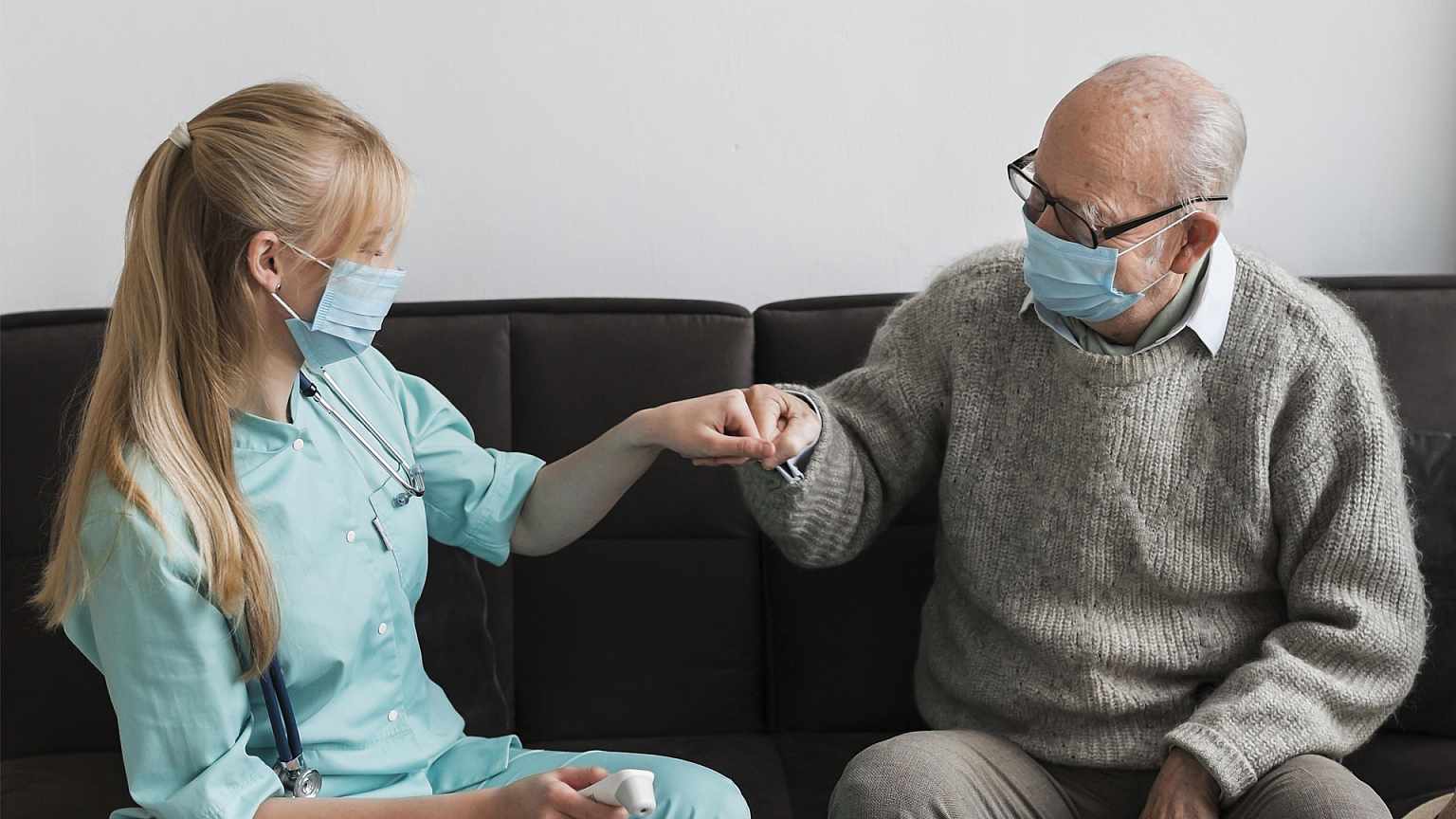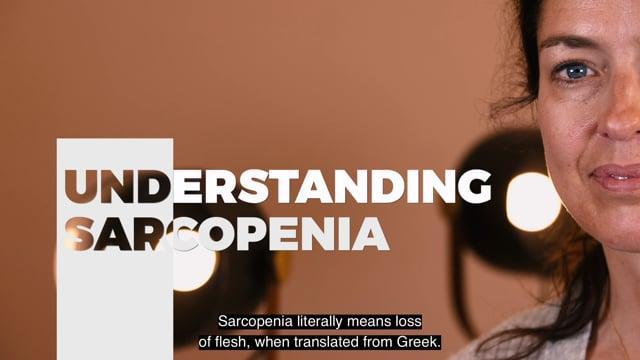
Consequences of falls for patients: How to recognize post-fall syndrome?
21 Jul 2021
Beyond the immediate physical injuries, the impact of the fall on an elderly person also has a psychological aspect and can lead to a decrease in physical autonomy even when the clinical examination does not detect any injury.


